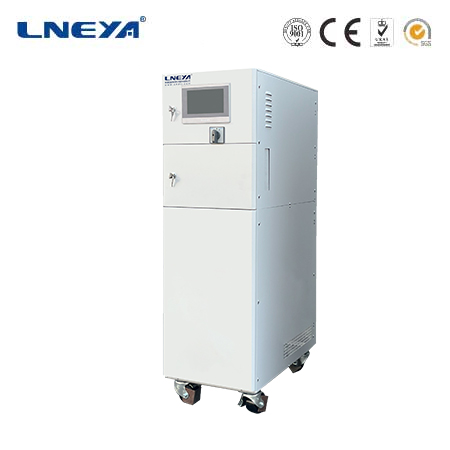water chiller temperature range
Water Chiller Temperature Range: Balancing Efficiency and Performance
Water chillers are an essential component of many heating, ventilation, and air conditioning (HVAC) systems, providing reliable and efficient cooling. A critical aspect of water chiller operation is the temperature range, which can significantly affect the system’s performance and energy efficiency.

Understanding the Temperature Range
The temperature range for a water chiller typically refers to the difference between the chilled water supply and return temperatures. The supply temperature is the temperature at which the chilled water is delivered to the air handlers or other heat exchangers, while the return temperature is the temperature of the water as it returns to the chiller. The temperature range is crucial for maintaining the efficiency of the heat transfer process.
Factors Affecting Temperature Range
Several factors influence the optimal temperature range for water chillers, including:
Ambient Temperature: The external environmental conditions can affect the condenser temperature, which in turn influences the chiller’s ability to cool the water.
Heat Load: The cooling demand of the space or process determines the required cooling capacity and, consequently, the temperature range.
System Design: The design of the HVAC system, including the type of chiller and heat exchangers, affects the achievable temperature range.
Optimizing Temperature Range
Optimizing the temperature range involves finding a balance between energy efficiency and the cooling needs of the application. For instance, increasing the supply temperature can improve the chiller’s coefficient of performance (COP) but may also affect the dehumidification capability of the system. Therefore, it is essential to consider the specific requirements of the space or process being cooled.

Applications and Considerations
Water chillers with different temperature ranges are used in various applications, from commercial buildings to industrial processes. When selecting a water chiller, consider:
Cooling Capacity: The chiller should meet the cooling demand at the desired temperature range.
Energy Efficiency: Look for chillers with high COP values and energy-saving technologies.
Environmental Impact: Consider chillers that use environmentally friendly refrigerants and have lower exergy losses.
Conclusion
The temperature range of water chillers is a critical parameter that influences their performance and efficiency. By understanding the factors that affect this range and optimizing the settings based on the specific application requirements, it is possible to achieve effective cooling while minimizing energy consumption and environmental impact.

This article provides a comprehensive overview of the water chiller temperature range, discussing the principles, factors, and considerations for optimizing the temperature settings in water chiller systems. With a focus on efficiency and performance, it offers valuable insights for those involved in the design, selection, and operation of HVAC systems.
Related recommendations
How effective is the chiller for rotary evaporator in industrial refrigeration?
1034How effective is the chiller for rotary evaporator in industrial refrigeration? 1. Can effectively cool equipment, slow down heat accumulation, and improve production efficiency; ...
View detailssmall industrial water chiller
572Small Industrial Water Chillers: Market Trends and Applications Small industrial water chillers are essential in maintaining optimal temperatures in various industrial processes. These chillers...
View detailscirculation heater
350How Circulation Heaters WorkCirculation heaters operate on the principle of heating a fluid as it continuously flows through the heater. The basic structure typically consists of a heating elemen...
View details50 ton chiller cost
443Understanding the Cost of a 50-Ton ChillerThe cost of a 50-ton chiller is influenced by several factors, including the type of chiller, its efficiency, features, installation requirements, and ope...
View details
 LNEYA Thermal Test Chillers
LNEYA Thermal Test Chillers






HelloPlease log in